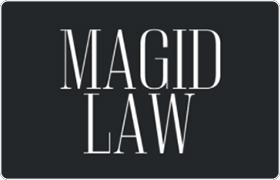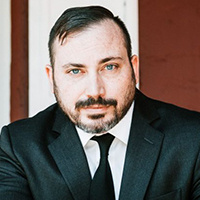Shasta Lake Misdemeanor Lawyer, California, page 2
Sponsored Law Firm
-
 x
x

Click For More Info:
-
Magid Law
112 Main Street Weaverville, CA 96093» view mapCriminal Defense Law Experienced, Aggressive Criminal Defense
Hiring a criminal defense attorney is one of the most important decisions you will ever make. Don’t be a victim of the system. Choose Benjamin Magid as your attorney.
800-761-7580
Not enough matches for Shasta Lake Misdemeanor lawyer.
Below are all Shasta Lake Criminal lawyers.
Joseph A. Gazzigli
White Collar Crime, Criminal, Products Liability, Personal Injury
Status: In Good Standing
John Edward Carelli
Commercial Real Estate, Family Law, Divorce & Family Law, Criminal
Status: In Good Standing Licensed: 11 Years
Robert Lee Hammonds
Misdemeanor, Felony, DUI-DWI, Criminal
Status: In Good Standing Licensed: 22 Years
Robert Lee Hamilton
Real Estate, Litigation, Trusts, Employee Rights, Criminal
Status: In Good Standing Licensed: 18 Years
 Benjamin Magid Weaverville, CA
Benjamin Magid Weaverville, CA Practice AreasExpertise
Practice AreasExpertise
